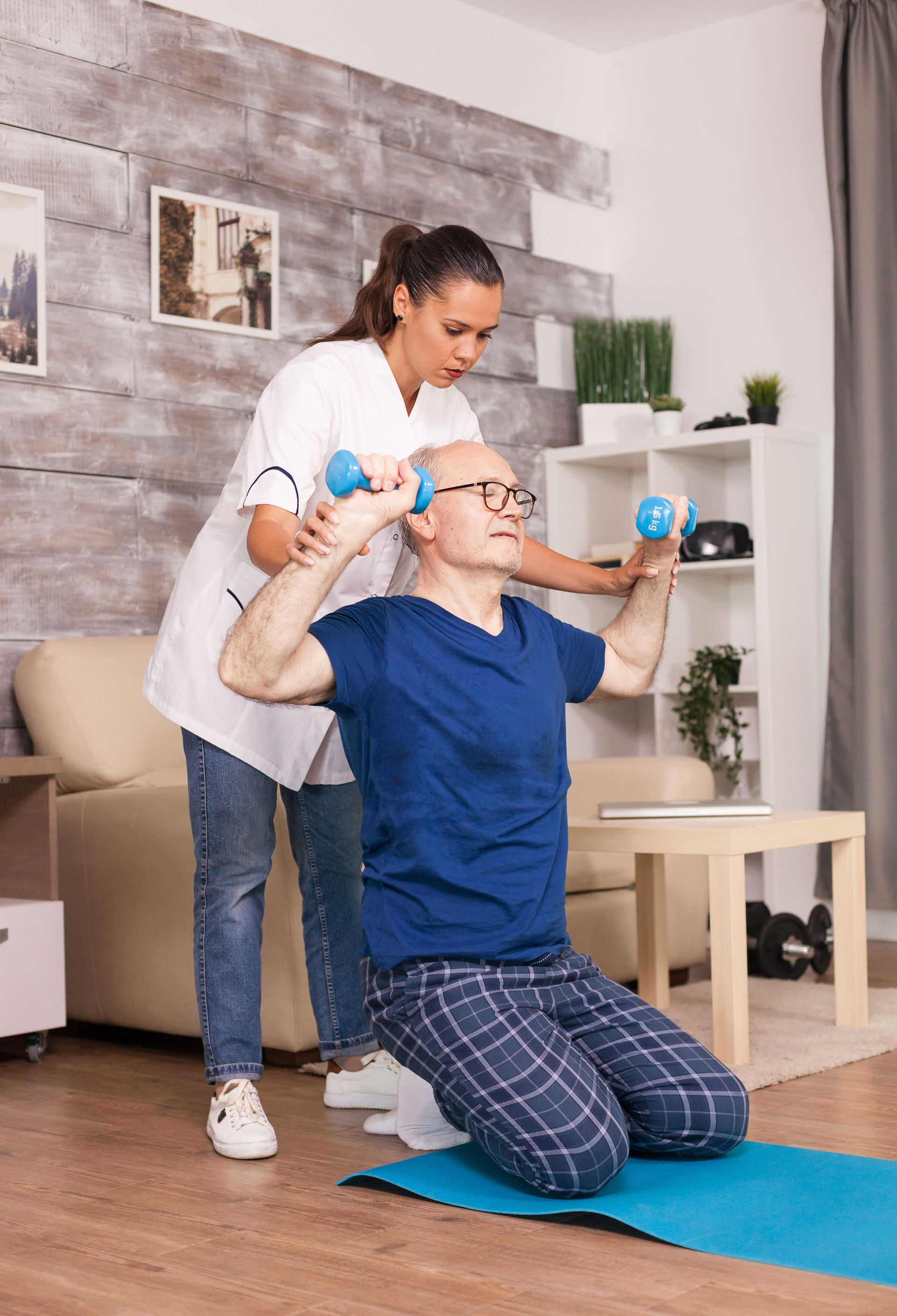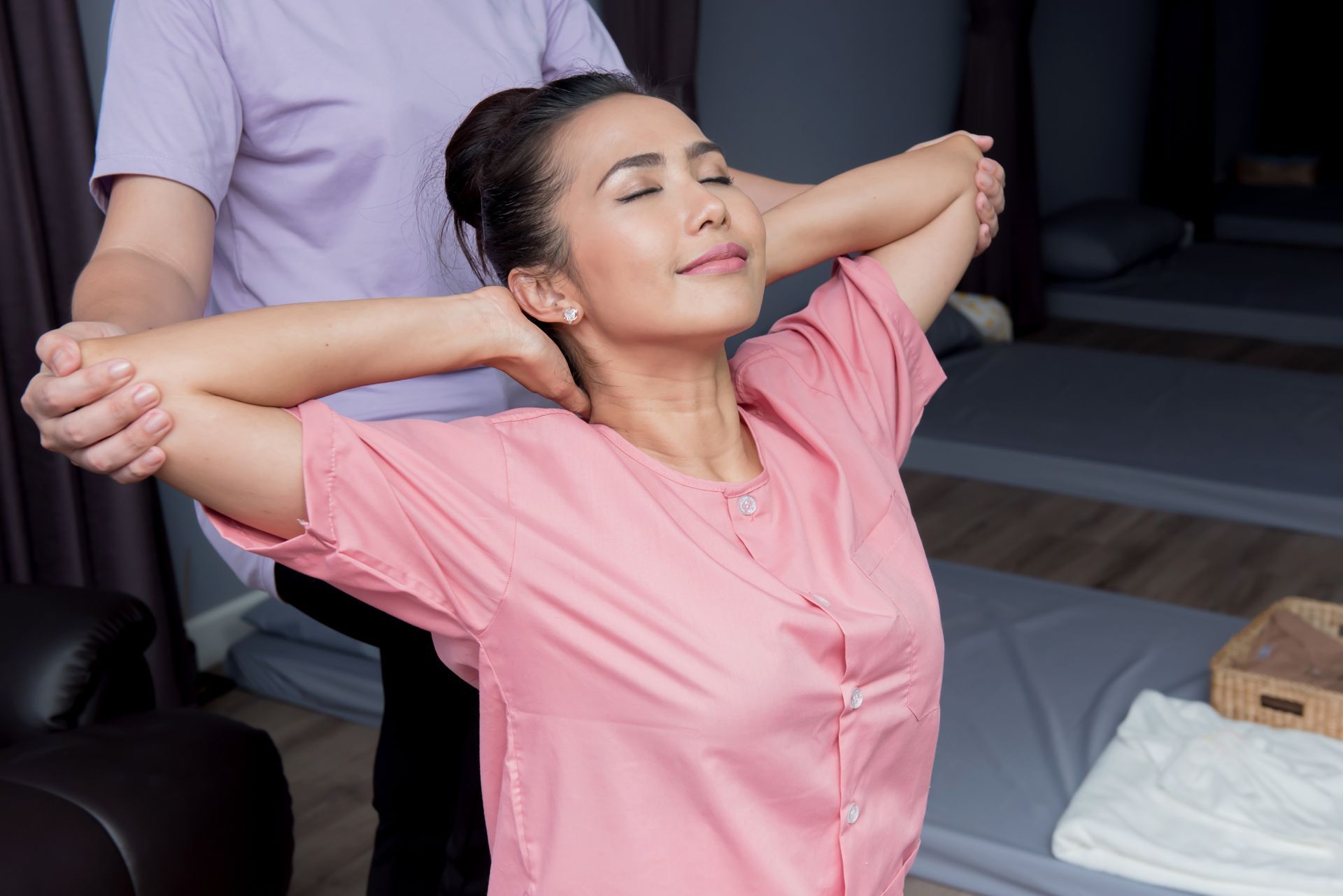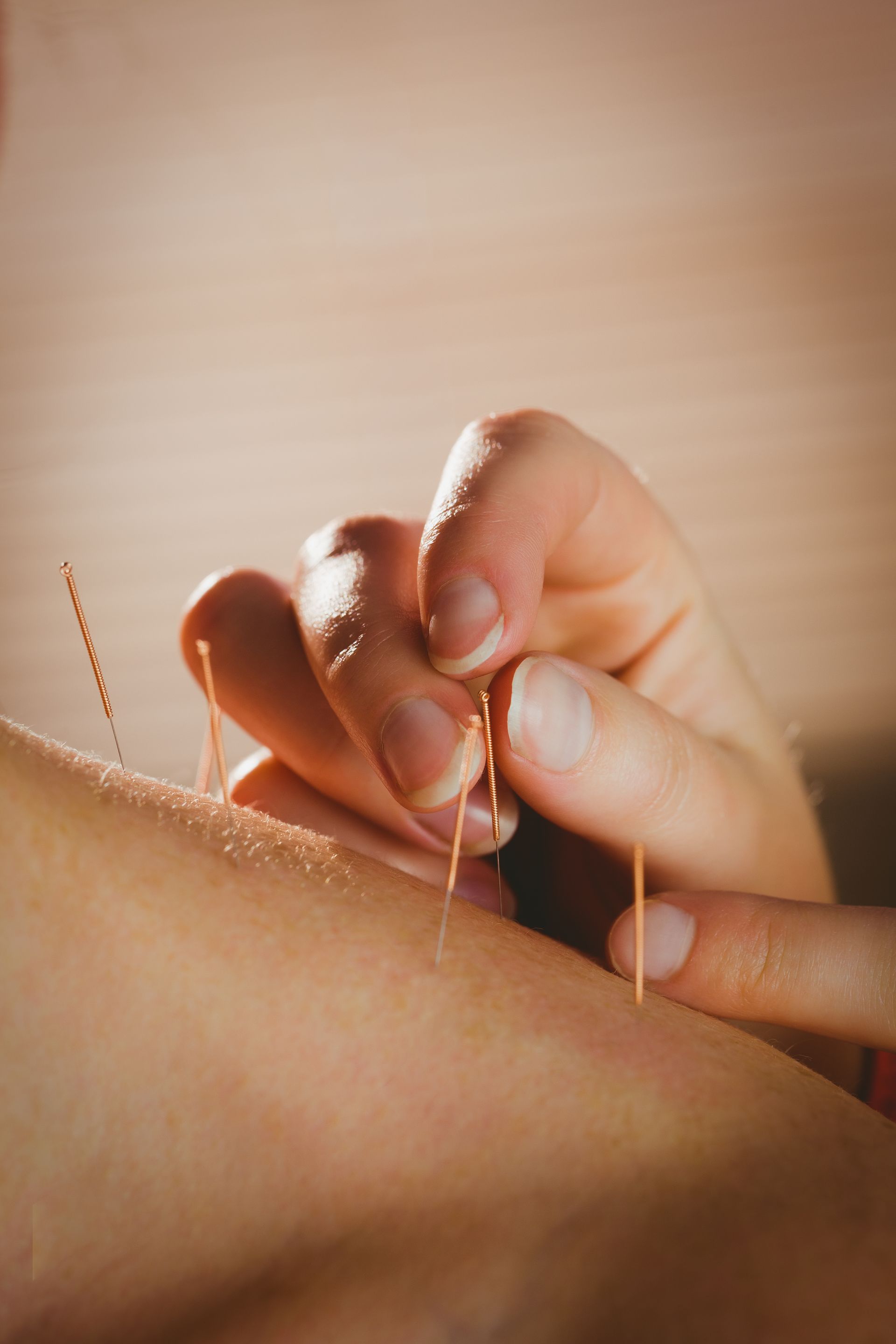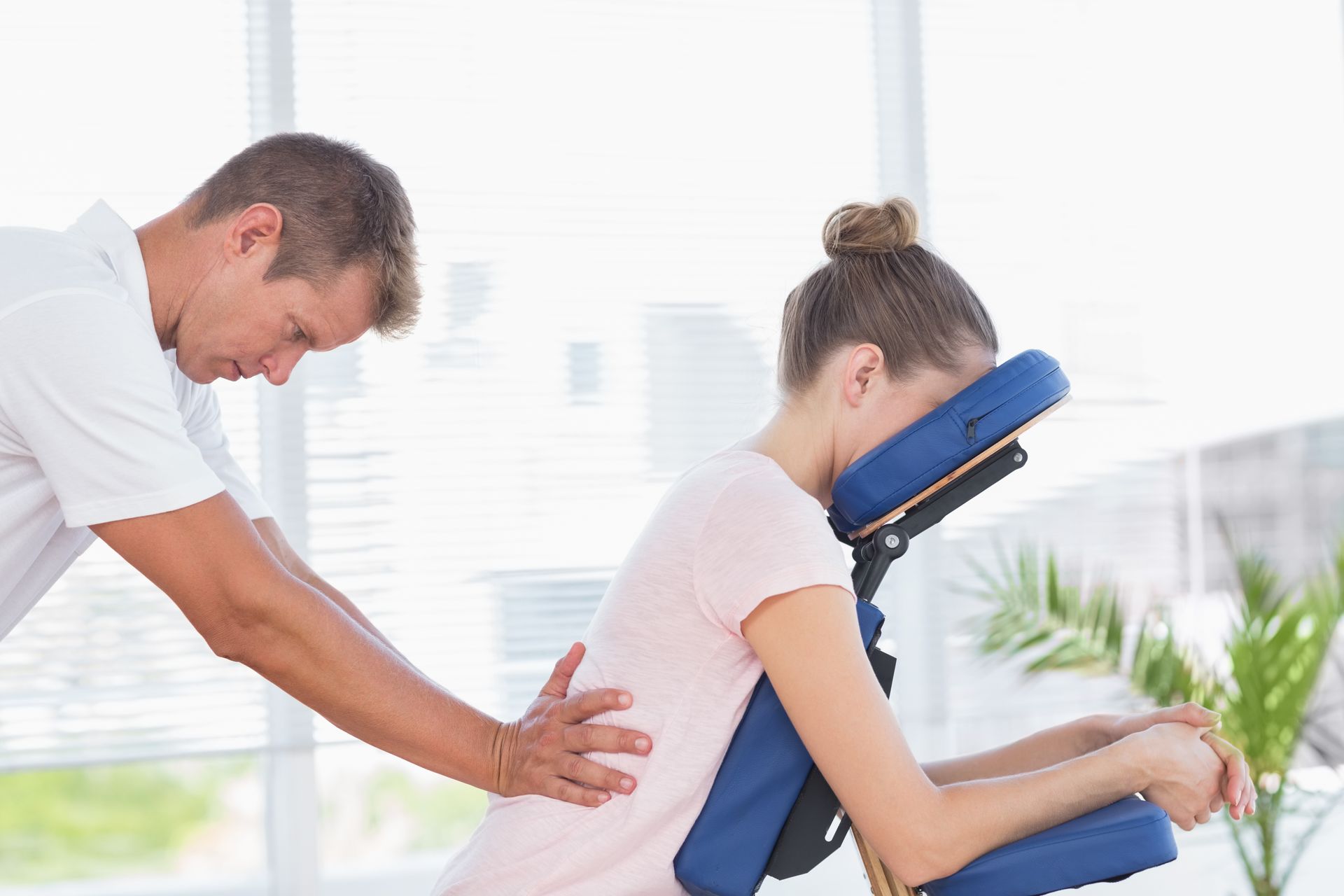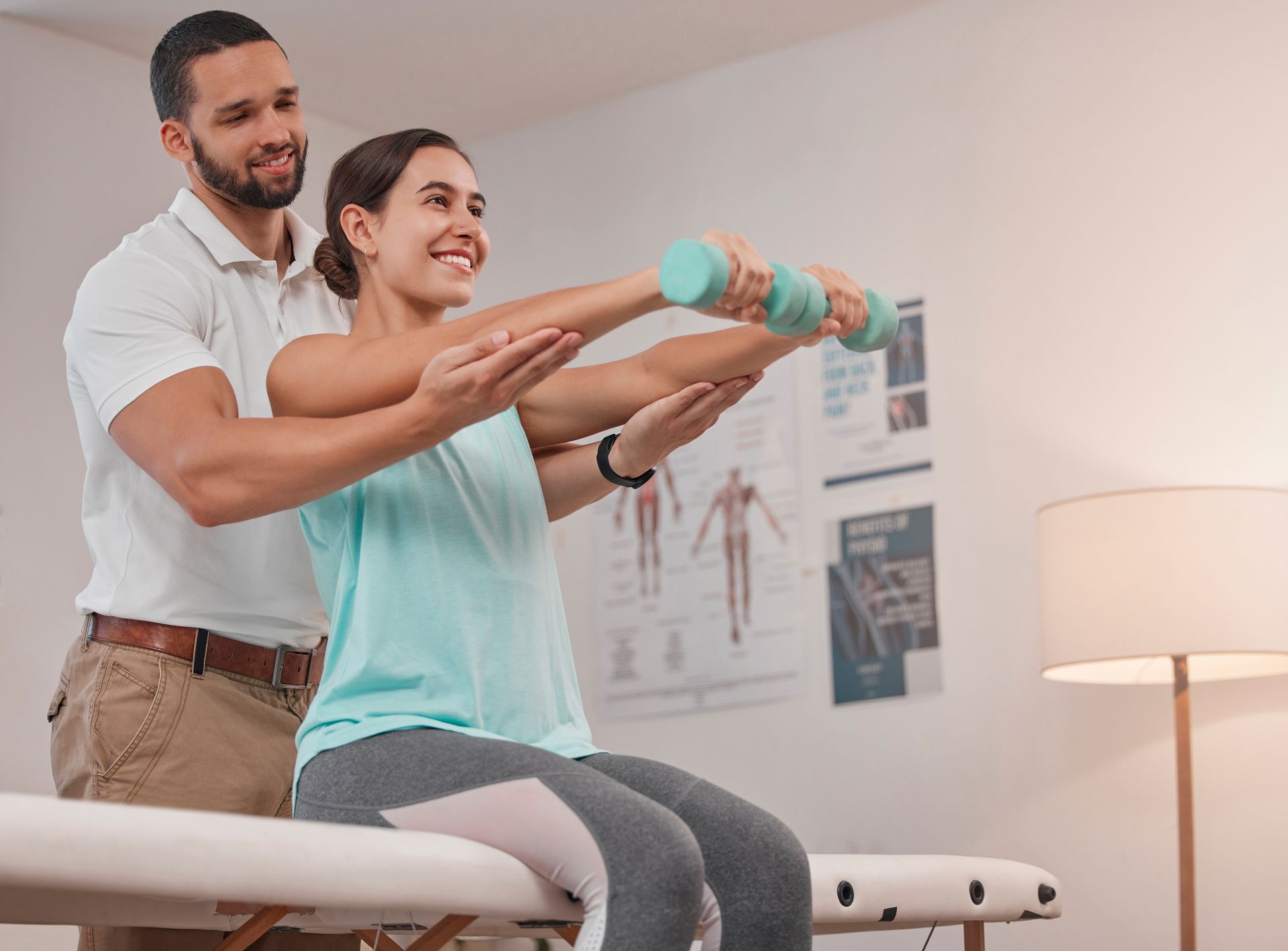Call: (905) 689-8282
The Ultimate Guide to Custom Orthotics: Putting Your Best Foot Forward
They say life is a marathon, not a sprint, and anyone who’s pushed their limits — whether as a professional athlete, weekend warrior, or simply in pursuit of an active lifestyle — knows the truth in that. The resilience and performance of our bodies’ foundations, our feet, are critical in making every stride count. However, with the kind of strain and stress modern-day activities often place on our feet, it's no wonder foot pain is a common complaint.
Enter orthotics — a powerful yet often underestimated tool that can transform not just your foot health, but your overall physical well-being. In this comprehensive guide, we'll walk you through the myriad benefits of custom orthotics and how they can help you stay on top of your game.
What Are Custom Orthotics, and Why Should You Consider Them?
Custom orthotics are corrective inserts for your shoes, designed specifically to support the natural shape and movements of your feet. Unlike over-the-counter inserts, custom orthotics are tailored to your unique foot structure and biomechanical needs.
Here at ALTA Spine and Sports Therapy, we strive to deliver the highest standard of custom orthotics, addressing a wide range of issues from plantar fasciitis and flat feet to high arches and even ankle instability. But what sets our custom orthotics apart, and why make the investment?
Superior Fit and Support
Unlike generic insoles, custom orthotics are made to measure, ensuring a perfect fit for your feet. This tailored fit offers unrivaled support and comfort, which not only alleviates existing pain but also prevents future injuries by promoting optimal foot alignment.
Personalized Correction
Every foot is unique, and so are the corrective needs of any individual. Our specialized orthotics are designed to address a range of conditions, including pronation, supination, and leg length discrepancies, through personalized adjustments that could never be achieved with off-the-shelf products.
Enhanced Performance
Whether you're an athlete seeking that extra edge or someone committed to improving their fitness, custom orthotics can improve performance. By enhancing natural alignment and cushioning, you'll find yourself feeling more stable and energized throughout your activities.
Intrigued by the prospects? Read on to discover how custom orthotics can unlock a world of benefits for various profiles of individuals.
Who Can Benefit From Custom Orthotics?
From the running enthusiast looking to tackle their first marathon to the seasoned soccer player recovering from a sprain, custom orthotics bring something to the table for everyone.
Athletes and Fitness Buffs
For those who put their body through intense exercises and activities, the right foot support can make a world of difference. Athletes, in particular, stand to gain immense benefits such as enhanced performance, injury prevention, and accelerated recovery from using custom orthotics.
Those Suffering From Foot Pain
Chronic foot pain can be debilitating, impacting every facet of life. Custom orthotics offer relief from conditions like plantar fasciitis, arthritis, and bunions by providing the necessary support and cushioning to the affected areas.
Anyone Looking for Comfort and Better Foot Health
You don't have to be a professional athlete or suffer from severe pain to reap the rewards of orthotics. If you spend substantial hours on your feet, struggle with balance, experience discomfort in your legs or lower back, or simply desire better support, custom orthotics are a worthwhile consideration.
Explore stories of individuals who have found solace in custom orthotics - from the grandmother walking her grandkids to school to the corporate professional navigating busy city streets. The positive impact on their lives is resounding and serves as a testament to the universal applicability of custom orthotics.
Common Foot Injuries and Conditions Helped by Custom Orthotics
Understanding the specific injuries and conditions that custom orthotics can alleviate is crucial in recognizing the need for them. We've compiled a list of the most prevalent issues and how custom orthotics provide a therapeutic solution
Plantar Fasciitis
An inflammation of the thick band of tissue that runs across the bottom of your foot, plantar fasciitis can cause stabbing pain near the heel. Custom orthotics ease the strain on the plantar fascia by offering arch support and cushioning your feet from the impact of everyday activities.
Metatarsalgia
For those diagnosed with metatarsalgia, custom orthotics can provide support to the metatarsal heads, redistributing pressure evenly across your foot to alleviate pain and prevent future flare-ups.
Achilles Tendonitis
By incorporating a slight heel lift, custom orthotics can relieve stress on the Achilles tendon, allowing for proper healing and preventing overstretching that leads to chronic issues.
Flat Feet
Orthotics designed for flat feet can help create an arch where one is lacking, ensuring that the foot is properly aligned and functioning, thus preventing associated pain and discomfort.
High Arches
High arches can sometimes be as problematic as flat feet, leading to instability and impact-related injuries. Custom orthotics for high arches provide the necessary support to distribute your weight evenly, reducing the risk of strain.
The Comprehensive Process of Fitting Custom Orthotics
To enjoy the full benefits of custom orthotics, a thorough fitting process is essential. Our clinic is committed to a detailed approach that ensures the best outcome for every patient.
Initial Consultation and Evaluation
The process begins with a comprehensive evaluation of your foot and gait, as well as a discussion of your symptoms and lifestyle. This provides the foundational information needed to create orthotics that are truly tailored to your needs.
Precision Casting and Design
If custom orthotics are deemed suitable, we proceed with the casting of your feet. This involves creating a mold that captures the exact contours of your feet to guarantee a customized fit.
Fitting and Adjustments
Once the orthotics are crafted, you will be fitted with them in your shoes. Our clinicians will work closely with you to ensure they feel comfortable, making any necessary adjustments to accommodate your unique walking or running patterns.
Ongoing Support and Follow-up
We don't consider our job done after the fitting. Our commitment to you includes providing support and follow-up to address any concerns or fine-tuning that may be required to achieve the best results.
The ALTA Spine and Sports Therapy Difference
At ALTA, we take pride in our patient-centric approach and the superior quality of our products and services. Our custom orthotics are meticulously crafted, and our team of therapists are well-equipped to guide you through your orthotic experience.
A Multidisciplinary Team of Experts
Behind every successful orthotic story is a team of experienced professionals specializing in chiropractic, physiotherapy, and massage therapy. This collaborative approach ensures that all aspects of your therapeutic needs are met with excellence and precision.
Cutting Edge Technology and Materials
We keep abreast of the latest advancements in orthotic technology, using state-of-the-art materials and production methods to deliver orthotics that are not only effective but durable and comfortable as well.
Proven Track Record of Success
With numerous satisfied patients reaping the long-term benefits of our orthotics, we have established a reputation for results. Our focus on outcome-driven care means you can trust in the efficacy of the products and treatments we offer.
Taking the First Step Towards Pain-Free Living
The decision to invest in custom orthotics is a significant step towards a healthier, more active life. Whether you're looking to step up your exercise game or simply want to walk without pain, the benefits of orthotics are undeniable.
Connect with us at ALTA Spine and Sports Therapy to schedule your orthotic consultation today. Our team is dedicated to helping you put your best foot forward, quite literally. It’s time to stop letting foot pain hold you back and start enjoying every movement with confidence and comfort. After all, every great endeavor begins with a single step.
Remember, when it comes to your health, precision and personalization matter. Experience the ALTA difference and take the leap towards a future that's free from the chains of foot discomfort.
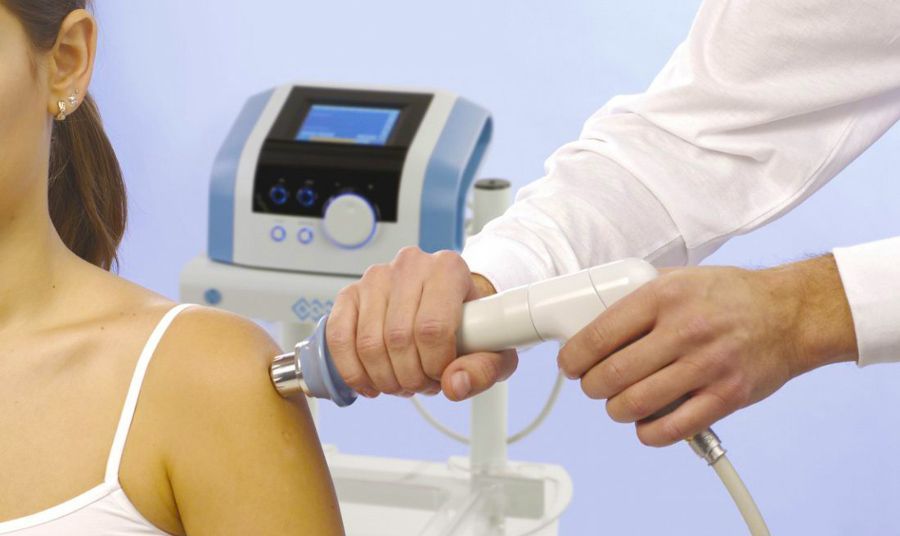

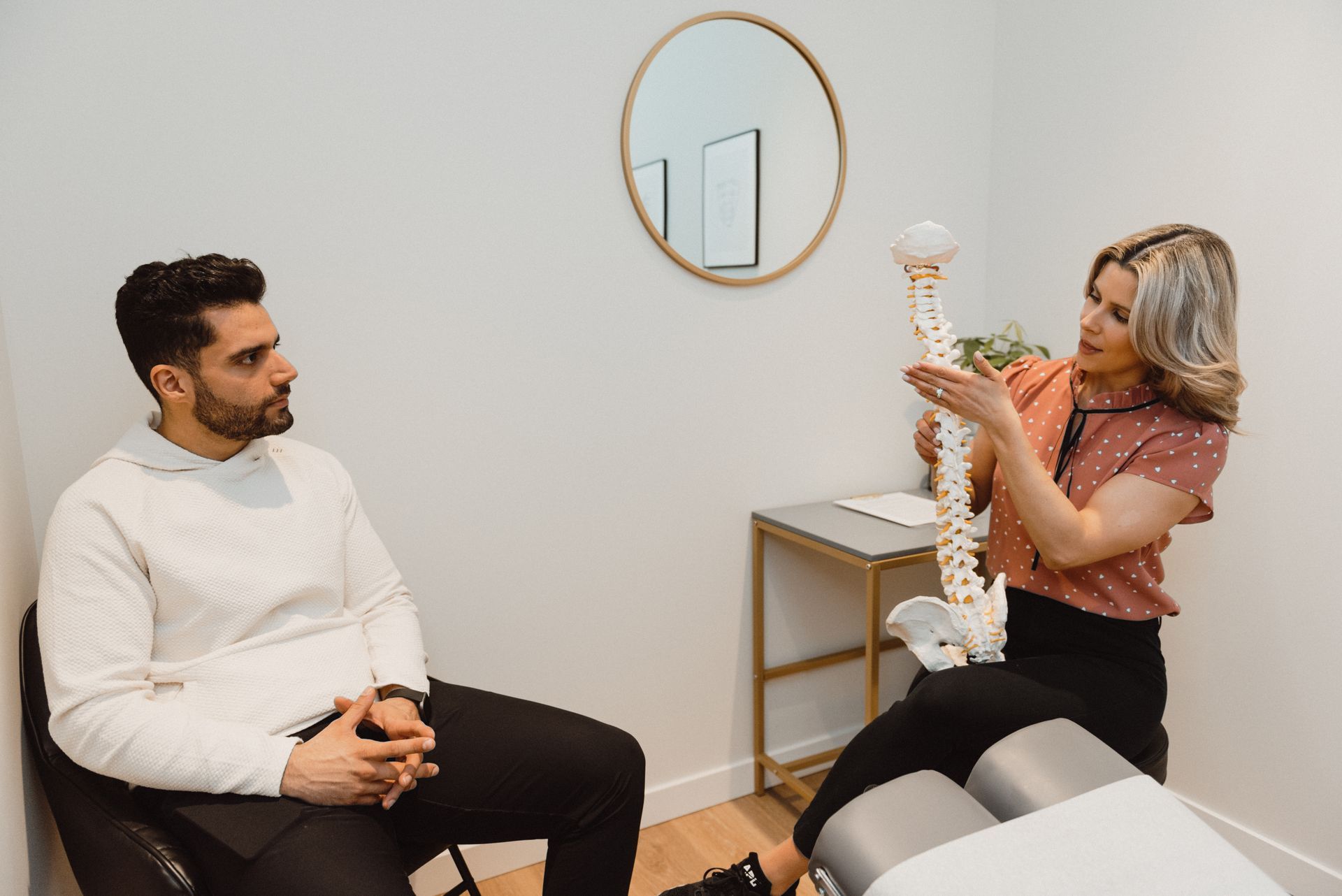
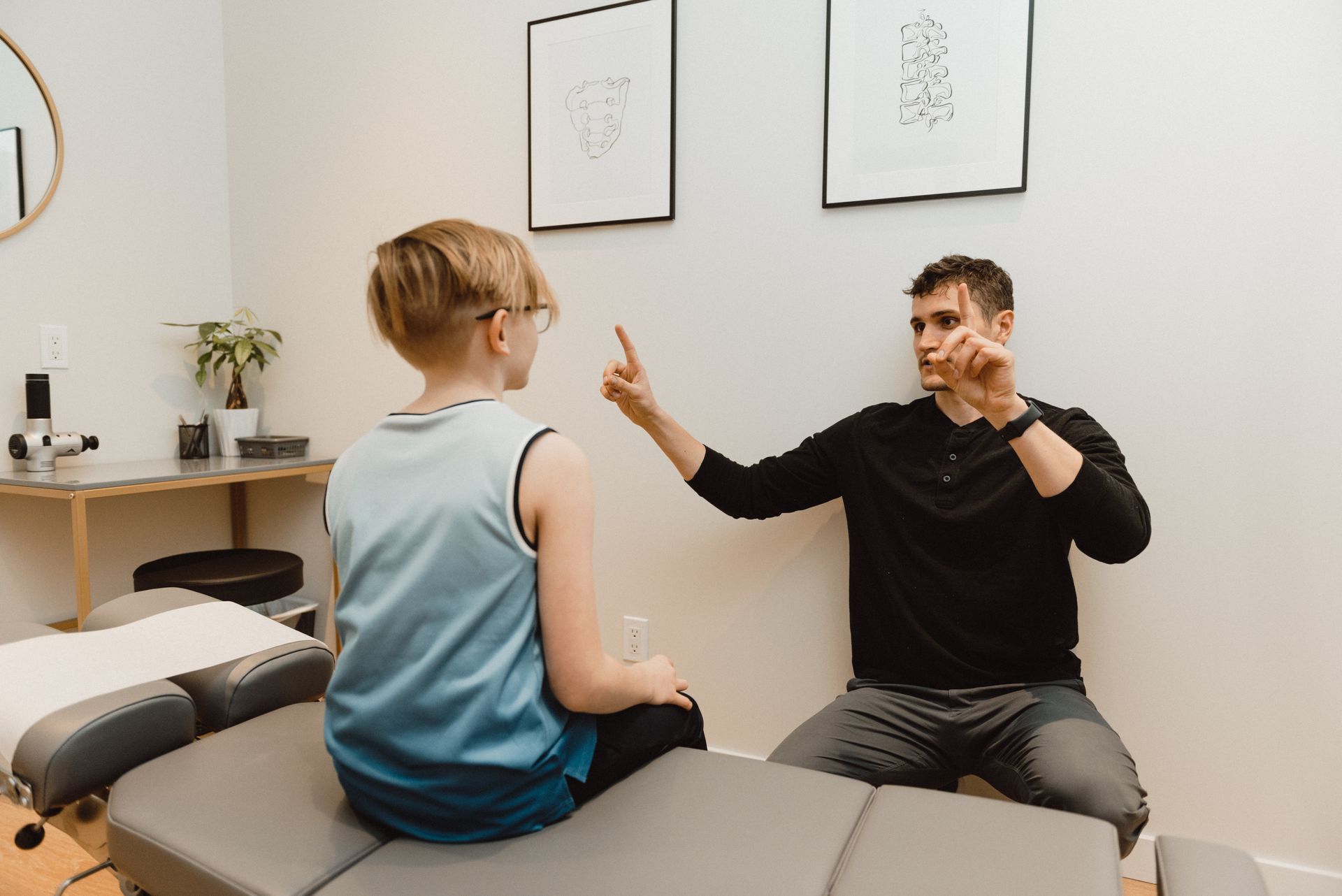
Our Information
Address
Phone
Business Hours
- Monday
- -
- Tue, Thu
- -
- Wednesday
- -
- Friday
- -
- Sat - Sun
- Closed
Business Hours
- Monday
- -
- Tue, Thu
- -
- Wednesday
- -
- Friday
- -
- Sat - Sun
- Closed

